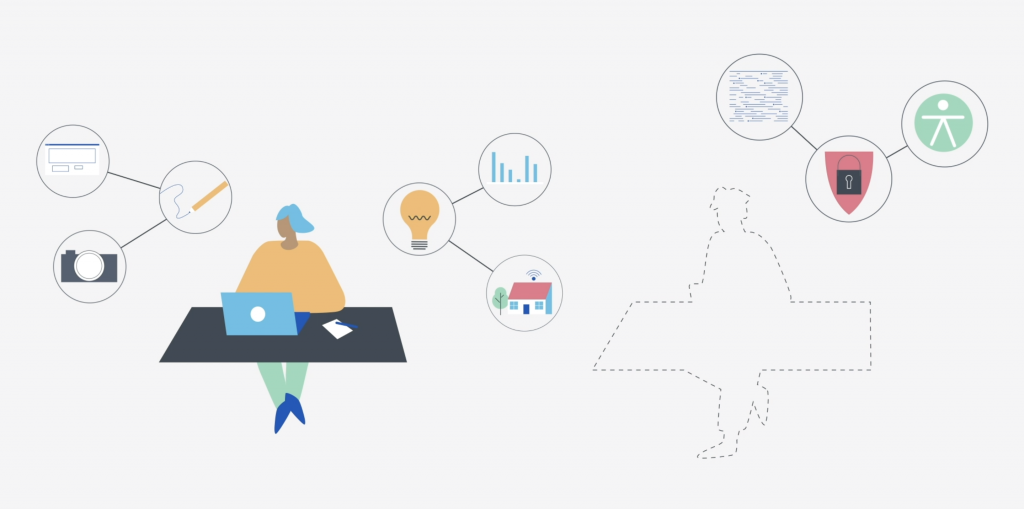Agencies have mission needs and workforces that are constantly evolving. Consider this year, when more agencies have let their employees work remotely than ever before.
But these changes don’t always occur in sync. Too often, agencies can’t hire new talent fast enough to swiftly address their agency’s shifting priorities. It all comes down to skill sets.
Developing a nimble workforce, then, requires the right mix of recruitment, reskilling and upskilling. To connect this trinity, modern workforces also need a continuous learning culture enabled by online training.
Best practices for identifying and closing agencies’ skills gaps are emerging from the top down. At the federal level, the Office of Personnel Management’s Reskilling Toolkit can help agencies align their staff skills to fluid mission needs. The toolkit assesses everything from the skills workforces need to how agencies can acquire them; it also helps agencies plan and implement workforce development to obtain a 21st century workforce. By satisfying this and other goals in the President’s Management Agenda, agencies can modernize their workforces for tomorrow’s mission requirements.
The Center for State & Local Government Excellence (SLGE), meanwhile, has also identified the need for flexible workforce skill sets. In its 2020 survey of state and local government workforces, SLGE discovered 63% of state and local human resource directors ranked general employee development as an important future issue for their agency.
Increasingly, agencies are equipping their existing employees with new, in-demand skills to meet the public’s latest requests. Whether it’s teaching their employees fresh skills in their current position or developing a new career altogether, agencies are finding agility equals mission wins.
But how can upskilling and reskilling help agencies close their skills gaps? First, agencies must understand how both terms differ:
- Upskilling involves employees upgrading their current skills in new ways. For instance, cybersecurity personnel can adopt new tools such as artificial intelligence, machine learning and big data to adapt to emerging trends and ways of working.
- Conversely, reskilling features employees acquiring new skills they previously lacked. For example, automation may replace some administrative tasks, so different skills can be developed in those individuals to do new work.
Change, however, never happens in a vacuum. At most agencies, one or more triggers might inspire training initiatives. Some common triggers include:
- Automating work that employees once performed manually with new technologies.
- Employees seeking more career mobility and greater transparency about it.
- Or, changing agency and mission requirements.
Next, agencies must determine those skills gaps their workforce is experiencing. Agencies frequently encounter skills gaps such as:
- The learning curve for recently adopted technology.
- Large sections of retiring employees.
- And, generational differences within their talent pool.
Each one can dramatically impede agencies’ progress. Closing these skills gaps forces agencies to answer three questions:
- What overall outcomes does the agency hope to achieve by closing skill gaps?
- What timeline does the agency have for reaching its goals?
- And, how will the agency fund these changes and meet its goals?
This article is an excerpt from GovLoop Academy’s recent course, “Closing the Skills Gap: Best Practices in Staff Upskilling, Reskilling and Continuous Learning,” created in partnership with Cornerstone. For more, access the full course here.
